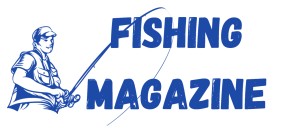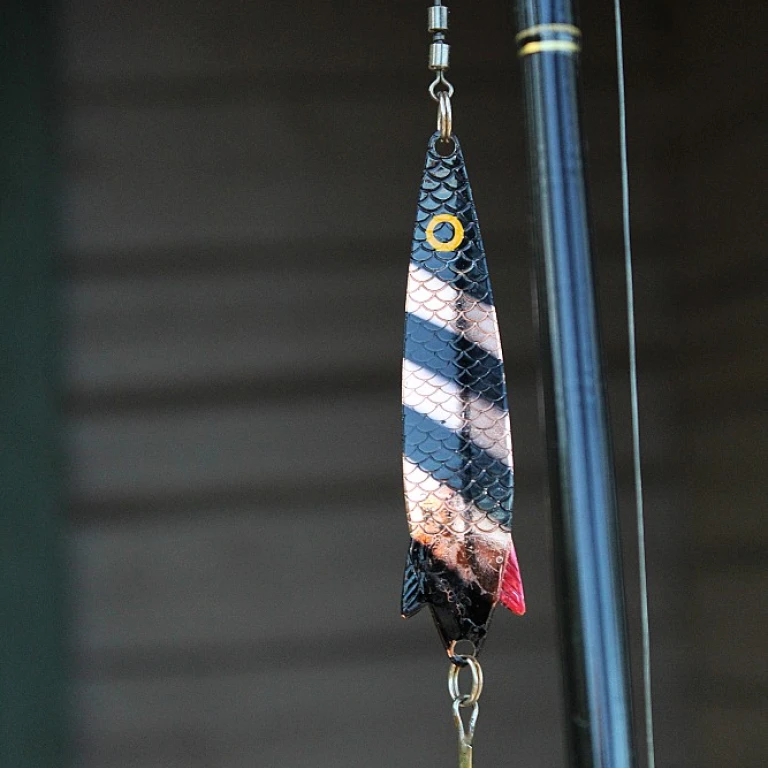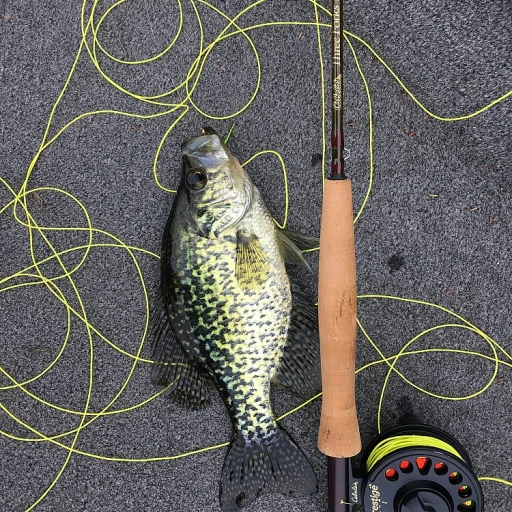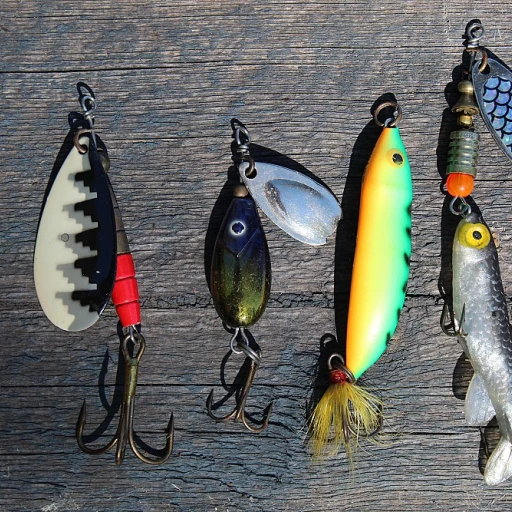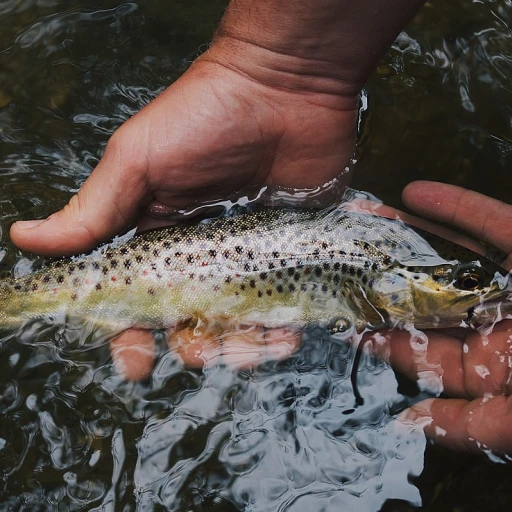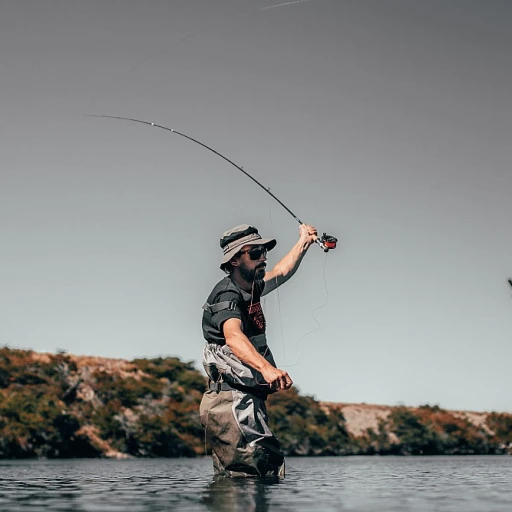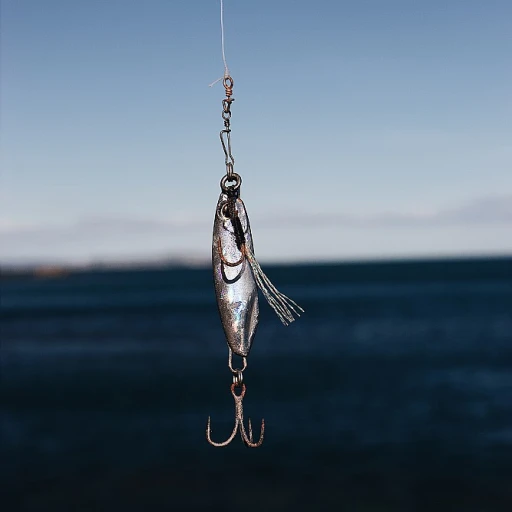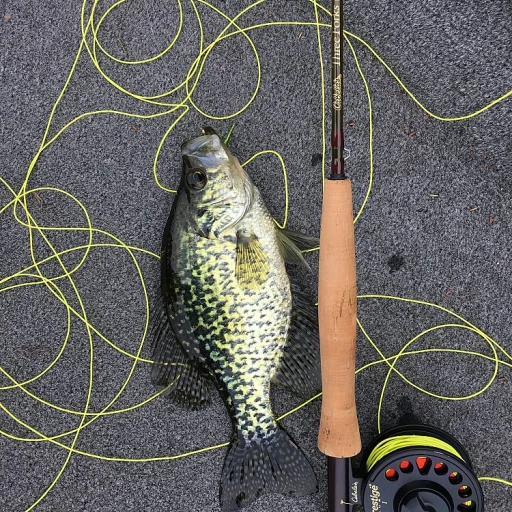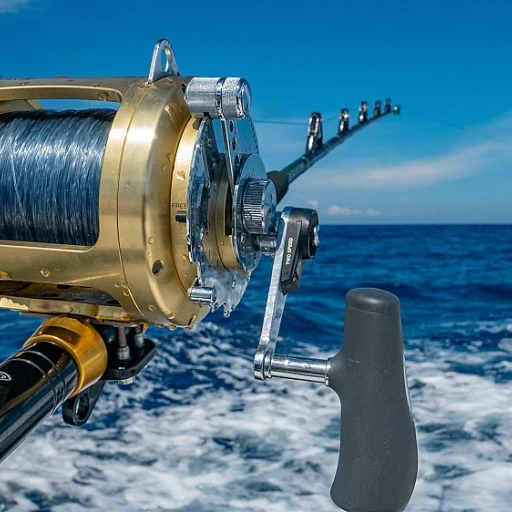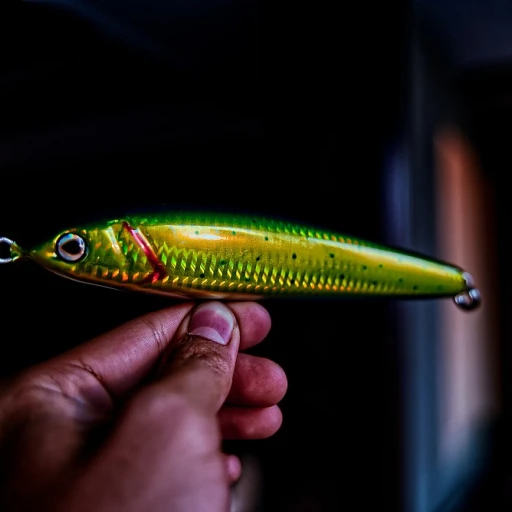
Understanding the Benefits of Bow-Mounted Trolling Motors
Why Bow-Mounted Trolling Motors Are a Game Changer
When it comes to fishing, a bow-mounted trolling motor is a strategic investment that delivers significant advantages. The primary benefit is improved boat control. By mounting the motor at the bow, you enhance maneuverability, allowing for precise adjustments while on water. This can drastically affect how you track fish and maintain the boat direction, particularly in strong currents or windy conditions. Another noteworthy aspect is the silent operation of electric trolling motors, which is crucial for not disturbing the fish. Noise reduction helps you get closer to fish without alarming them, increasing the likelihood of a successful catch. Furthermore, bow mounts allow quick and efficient deployment, making them excellent for both leisurely anglers and competitive fishers looking to upgrade their strategy. In addition, installing a bow-mounted motor improves weight distribution on your boat. It helps to balance the vessel better than transom-mounted options, preventing the tendency for the bow to rise. As a result, you gain enhanced stability and a comfortable fishing experience. If you’re considering upgrading your boat with a bow-mounted trolling motor, the power units like those offered by Minn Kota provide impressive features such as variable stroke widths and quick release brackets. These advanced tools are designed to meet various fishing requirements, providing a seamless and flexible addition to your boat. For those contemplating an electric trolling motor for pontoon boats, this source (Enhancing your fishing experience) offers valuable insights, as pontoon setups can significantly benefit from a bow-mounted option, enhancing your overall fishing excursions.Choosing the Right Trolling Motor for Your Boat
Factors to Consider for Your Trolling Motor Selection
When selecting a trolling motor for your boat, it's essential to understand what type of motor will best suit your fishing and recreational needs. The goal is to enhance your time on the water, so let's delve into what to consider for the best results.- Type of Mount: The decision between a bow mount and a transom mount trolling motor can influence your fishing technique and boat handling. A bow mounted motor provides better control, especially for precise navigation in fishing spots.
- Thrust and Stroke: Consider the amount of thrust needed for your particular boat size. This will ensure efficient movement against currents and during maneuvering. Also, assess the stroke width for optimal performance and durability of your motor.
- Boat Compatibility: Verify that the motor you're considering is compatible with your boat's dimensions and weight. This might involve checking the compatibility with features like the deck space or ensuring it's suitable for either the starboard side or port side mounting.
- Power Source: Electric trolling motors typically offer quieter operation, but ensure you have the proper electric setup on your boat. It's a good idea to get a battery that matches the motor's specifications for optimal performance.
- Additional Features: Explore motors with quick release options or those that include motor mounting accessories like a dedicated mounting plate for easier installation and potential swapping between boats.
- Brand and Model: Various brands, such as Minn Kota, offer different models that may suit different preferences and needs. It's beneficial to read member reviews or quotes to make an informed decision.
Essential Tools and Materials for Installation
Gather Your Tools and Materials
Before diving into the installation of a bow-mounted trolling motor on your fishing boat, assembling the right tools and materials is crucial. This preparation will ensure a smoother installation process and help you avoid any unnecessary delays.
Tools You'll Need
- Drill: A power drill with an assortment of bits will be necessary for mounting bolts through the deck.
- Socket Set: Ensure you have a complete socket set to tighten mounting bolts properly.
- Measuring Tape: Accurate measurements are vital when determining the placement of the motor mount on the bow.
- Wrench: A wrench set will be useful to secure nuts and bolts firmly.
- Level: A level will help you ensure the motor is mounted evenly on the bow, which is critical for optimal performance.
Materials Needed
- Trolling Motor: Based on your decision in the previous section, you'll have purchased a suitable trolling motor.
- Quick Release Plate: This will allow for easy removal and installation of the trolling motor, particularly beneficial for storage and maintenance.
- Mounting Hardware: Generally, the hardware—including nuts and bolts—will come with the trolling motor or quick release plate. Double-check to ensure its compatibility with your boat’s deck material.
- Marine Sealant: Will be used to fill any holes made during installation, protecting the deck from moisture and potential damage.
- Battery and Wiring Kit: Trolling motors require a power source, ensuring you have the correct battery and wiring kit is crucial for a seamless operation.
Considerations for Different Boat Types
When preparing for installation, consider any specific needs based on the type of boats you own. For instance, if your boat has a wooden deck, the necessary screws and bolts may differ from those needed for an aluminum deck.
If you're uncertain about any part of this process, consider consulting with another experienced boat member or joining online forums where fellow anglers share valuable tips and troubleshooting ideas.
Step-by-Step Guide to Mounting a Trolling Motor on the Bow
Installing Motors Properly on the Bow
To successfully mount a trolling motor on the bow, it's crucial to begin with precision and meticulous planning. First, ensure you have a clear understanding of where you want the motor to sit on your boat. Typically, the bow mount should be close to the center line on the deck, but slightly off-center to the starboard side can be optimal to avoid interference when fishing. Start by identifying the ideal position where the motor will be mounted. This location should provide ample space for the trolling motors' stroke and movement, taking into account the width of the motor mount and any obstructions on the deck. During this initial placement, ensure that the motor bow does not interfere with any bow-mounted fishing equipment. Next, prepare the area by cleaning it thoroughly, removing any debris that might affect the adhesion or secure fastening of the motor mount. If you're dealing with a composite or fiberglass deck, a drilling template or jig can be useful to avoid damaging the material when making holes.Securely Fastening with Mounting Bolts
Once the area is prepped, align the quick release plate and motor mount with the pre-determined spot on the deck. Use a pencil to mark positions for the mounting bolts. Double-check everything before proceeding with drilling to ensure the motor will sit level and balance properly on the boat. Proper alignment will help prevent message alerts related to improper fitting once you're out on the water. Carefully drill holes at the marked spots, ensuring they accommodate the mounting bolts size chosen. Remember that a secure fit is necessary for both the stability and efficiency of trolling motors. It’s usually advisable to fill the holes with a marine sealant to prevent water infiltration and protect the boat’s material from damage. Finally, tighten the bolts securely but avoid over-tightening, which could crack a fiberglass deck. Once the mount is tightly in place, attach the motor as per the manufacturer's instructions. A correctly mounted trolling motor will greatly enhance your fishing experience, giving you better control and mobility on the water.Troubleshooting Common Installation Issues
Identifying and Solving Installation Challenges
When you're installing a bow-mounted trolling motor, encountering a few hiccups is normal. Here’s how to tackle the most common issues that might pop up during the process, ensuring your motor is secured and functional.- Mounting Plate Alignment: Ensure the motor mount is perfectly aligned with both the port and starboard sides of your boat's bow. Misalignment here can lead to instability and impact the motor's performance. If you're considering options for improving your fishing experience post-installation, check out recommendations on enhancing your gear with the perfect combination.
- Matching Stroke Width: The selection of the appropriate stroke width is crucial. If you notice that the motor does not sit correctly, it might be due to incorrect stroke width. Double-check the motor specifications, and ensure it matches the height of your boat’s bow deck.
- Secure Motor Mounting: Make sure the mounting bolts are tightened securely. Loose bolts can lead to the motor shaking or even dislodging in rough waters. Use a quality quick release bracket for easy detachment when necessary.
- Electrical Connections: If the motor doesn’t power up, inspect the electrical joining messages. Ensure the motor's wires are properly connected to your boat's power system. Check for corrosion and replace any damaged wires.
- Positioning on the Bow: If your motor’s movement is restricted, verify that it has enough space and that the bow mount doesn’t block its stroke. Check if any parts of the boat's structure are obstructing the motor’s path.
Maintenance Tips for Your Bow-Mounted Trolling Motor
Ensuring Longevity and Performance
Once your trolling motor is properly mounted on the bow of your boat, it's important to prioritize its maintenance for peak performance and durability. Here are some essential tips to keep in mind:
- Regular Cleaning: After each fishing trip, particularly if you’ve ventured into saltwater, thoroughly rinse the trolling motor with fresh water. This helps prevent corrosion and salt buildup which can damage the motor components.
- Inspect the Mounting Bolts: Periodically check the mounting bolts and the motor mount to ensure they're firmly secured. Vibrations from the motor or uneven mounting surfaces can cause the bolts to loosen over time.
- Check Electrical Connections: To avoid electrical issues, inspect the connections for signs of corrosion or wear. Cleaning them with a brush and ensuring a tight fit will mitigate most electrical-related problems.
- Grease the Shaft: Lubricate the motor shaft with a light grease designed for marine use. This helps maintain smooth operation and reduces the wear and tear on moving parts linked to the stroke width of the trolling motors.
- Monitor Battery Status: Consistently check the battery’s charge level and connections. A fully charged battery maintains optimal performance and prevents potential power issues while on the water.
- Protective Storage: When not in use, cover your bow-mounted trolling motor with a protective cover or remove it using a quick release plate, depending on the make and model. Ensure the motor is stored in a cool, dry place to avoid moisture damage.
Implementing these practices not only extends the life of your trolling motor but also contributes to a smoother, more reliable fishing experience. By keeping the maintenance routine simple yet effective, you'll see better performance during your leisurely fishing escapades on your boat.
